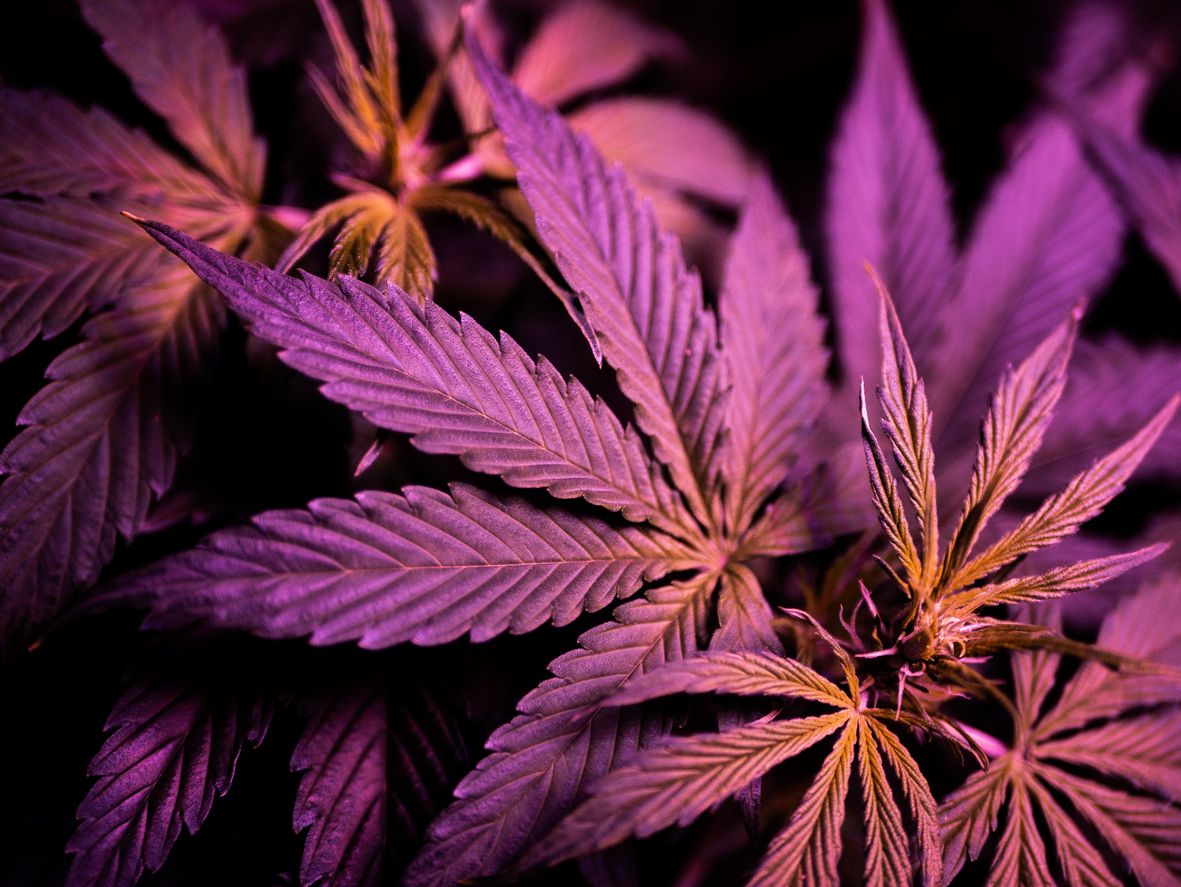Using Low Stress Training Methods for Healthier Marijuana Plants
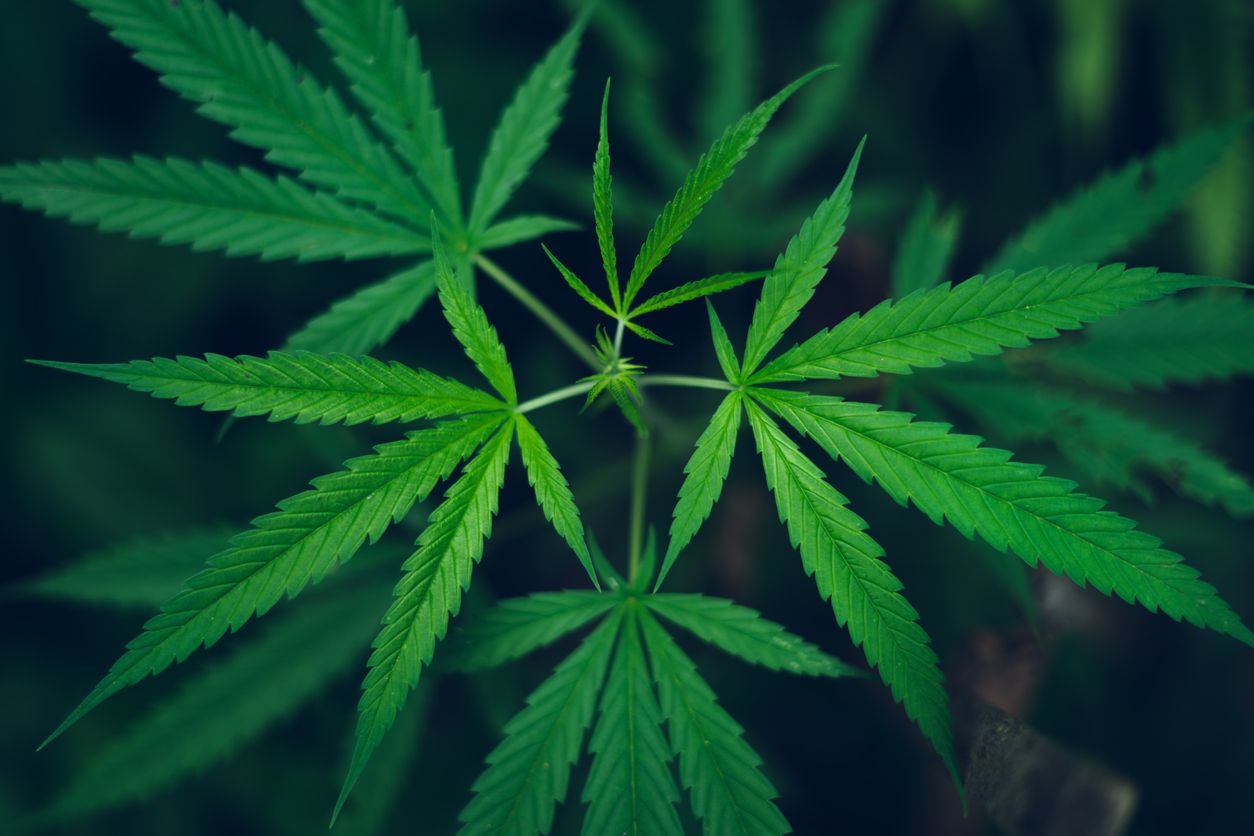
Low stress training is both a style and the name of one of the methods used to train cannabis plants that incites the least amount of damage to the plant. Training is usually performed by a grower who, in the early stages of a cannabis plants life, will begin tying down weed plants using either a screen or stakes placed around the plant to pin each branch.
Inside of this guide, you will find out everything that you need to know about LST (low stress training) including what it means, how to begin, the benefits vs risks, and step by step instructions on how to perform low stress training in two different ways.
What is low stress training?
LST refers to low-stress training methods used by growing when producing cannabis plants indoors. It forces the plant to grow sideways rather than straight up like they would naturally do. Training is done when plants are young and malleable, baking their branches where they are easy to manipulate by tying down weed plants using twine and stakes that are strategically placed to make them grow outwards rather than up.
LST is one form of plant trellising that is done on marijuana plants to maximize the overall yield. LST is the safest and least stressful method of training cannabis plants, meaning it comes with the least amount of risk and can be successfully performed by beginners with minimal instruction.
When to start low stress training
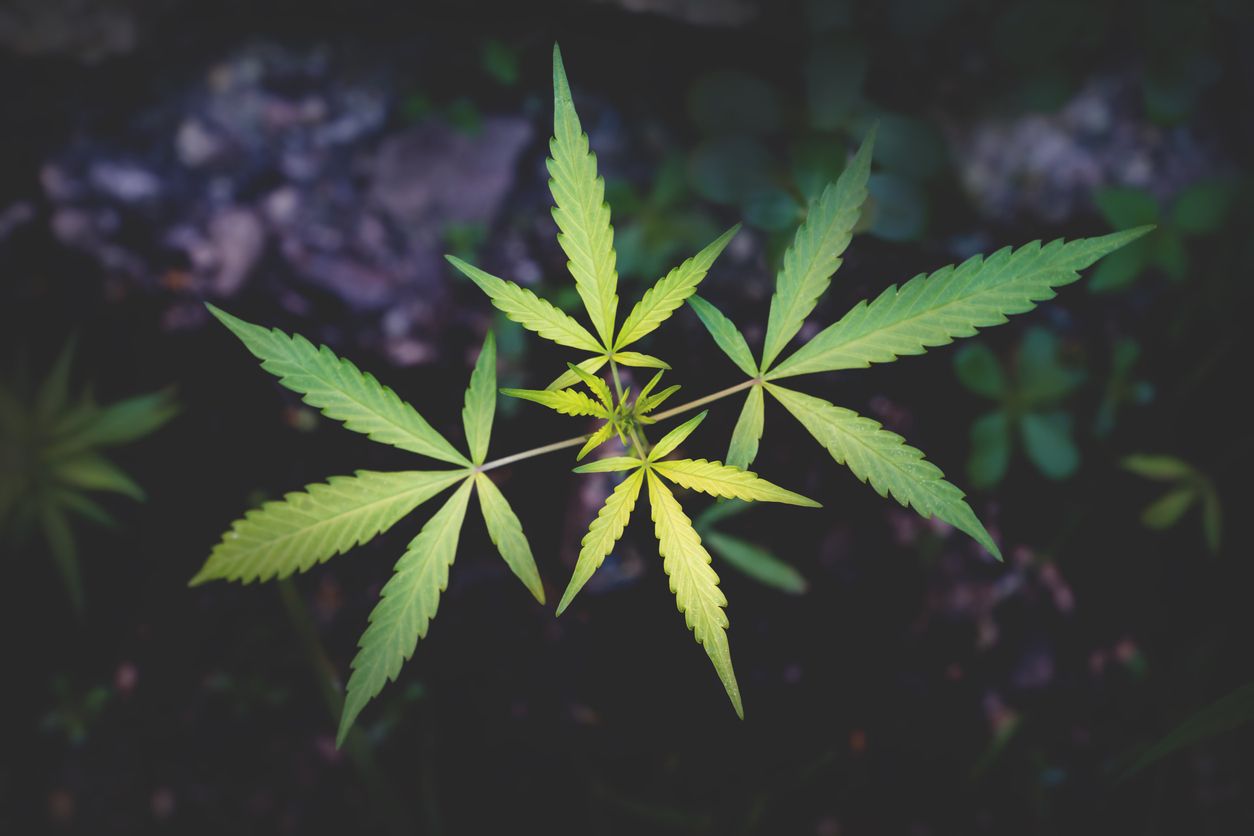
LST or low-stress training can be performed as soon as the plant starts to show outward growth and has branches and can be done continuously right up until it reaches the last growing stage and begins to flower.
Benefits of low stress training
Low-stress training is one of the most effective methods out there and produces the most consistent results. This is because the alternative, which is referred to as high-stress training, can easily cause damage if it isn’t done by more experienced hands. Low-stress training methods will produce the most bud because the plant can focus on growing rather than continuously healing.
Training indoor marijuana plants, in general, is beneficial because it is incredibly difficult to replicate sunlight indoors in an effective way, and even the strongest lights have a limited reach, which can be hindered further when having to travel down through a bush of leaves.
When growth spreads outwards instead, a hanging light can evenly reach all portions of the plant, where at least 50% of them would have been given insufficient sunlight leading to a lower yield. Since light is also a huge game-changer in a plant’s ability to produce cannabinoids, the end product of a trained cannabis plant is likely to be more potent than one that is just left to grow and seek nutrients on its own.
Risks involved with low stress training
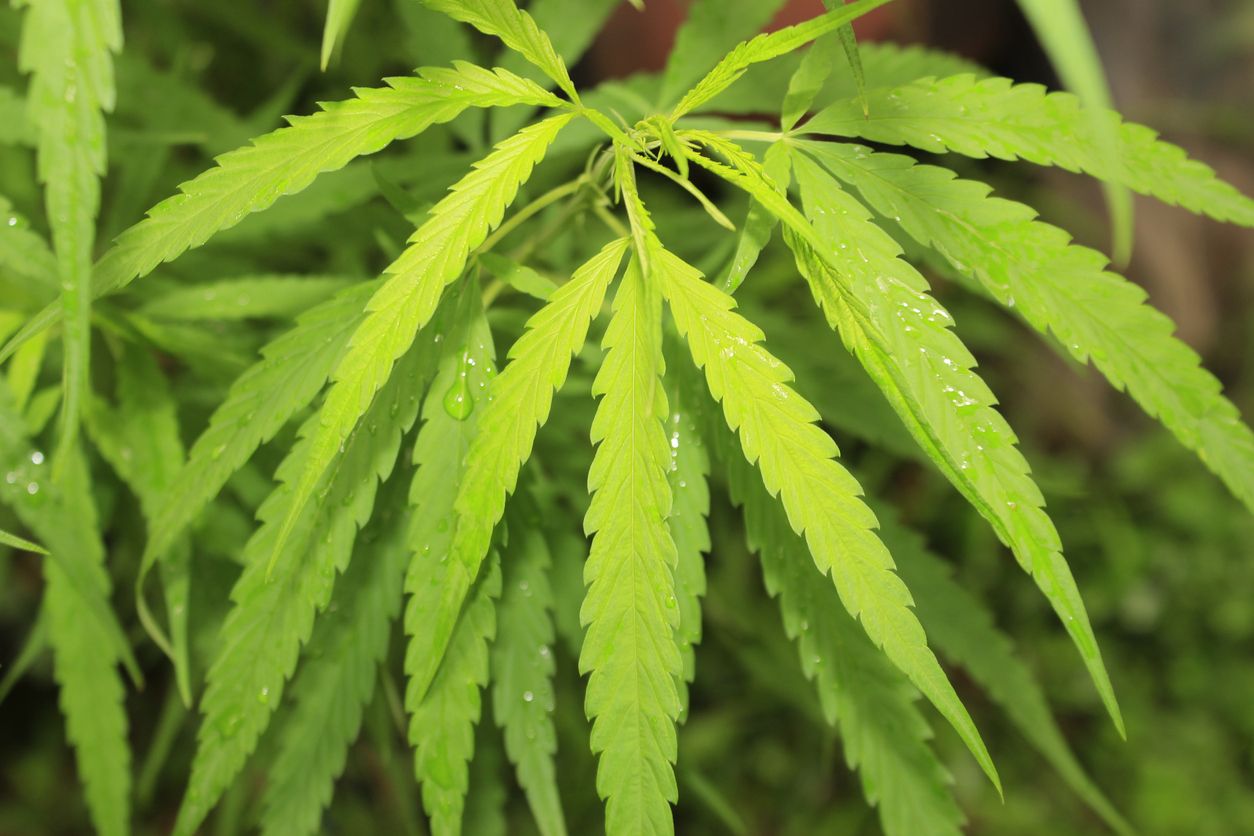
Though low stress training is supposed to be the least invasive option out there for manipulating yields, it still comes with some risk, especially when it is performed by someone who is inexperienced with trimming, pruning, or growing weed.
1. Plant death
Try as you might to do everything perfectly, there is always a chance that one wrong cut could ultimately kill a plant, especially if it is a strain that doesn’t take well to this type of interference.
2. Reduction in crop size
The biggest and most probable risk when using low stress training is that you might trim just a little too much, which isn’t quite enough to kill the plant but is most definitely harsh enough to hinder its ability to heal and continue to produce buds.
3. Decrease in quality
If you cut too much, too little, or simply start out with a challenging strain, attempting low stress training might not impact your overall yield, but it could hinder the plant’s ability to produce the potent and highly sought after cannabinoids like THC or CBD.
Low stress training step by step
Step 1 - The actions of performing low-stress training are essentially the grower trimming and bending branches to produce a specific shape. More experienced growers can confidently make fancy designs, but beginners should start with something simple like a traditional bush shape.
Step 2 - You can bend the branches to reshape the canopy, or you can completely top the plant and see how far sideways the branches you left will reach outwards.
Step 3 - Tying down weed plants will force the entire stalk to bend, which is an option if the plant is still young and won’t crack under pressure.
Step 4 - It can also help to defoliate a plant during this process by removing excess fan leaves and growth that isn’t seeing any light to help the plant to focus its energies on those that are developing under more ideal conditions.
How to perform low stress training using the screen of green (SCROG) method
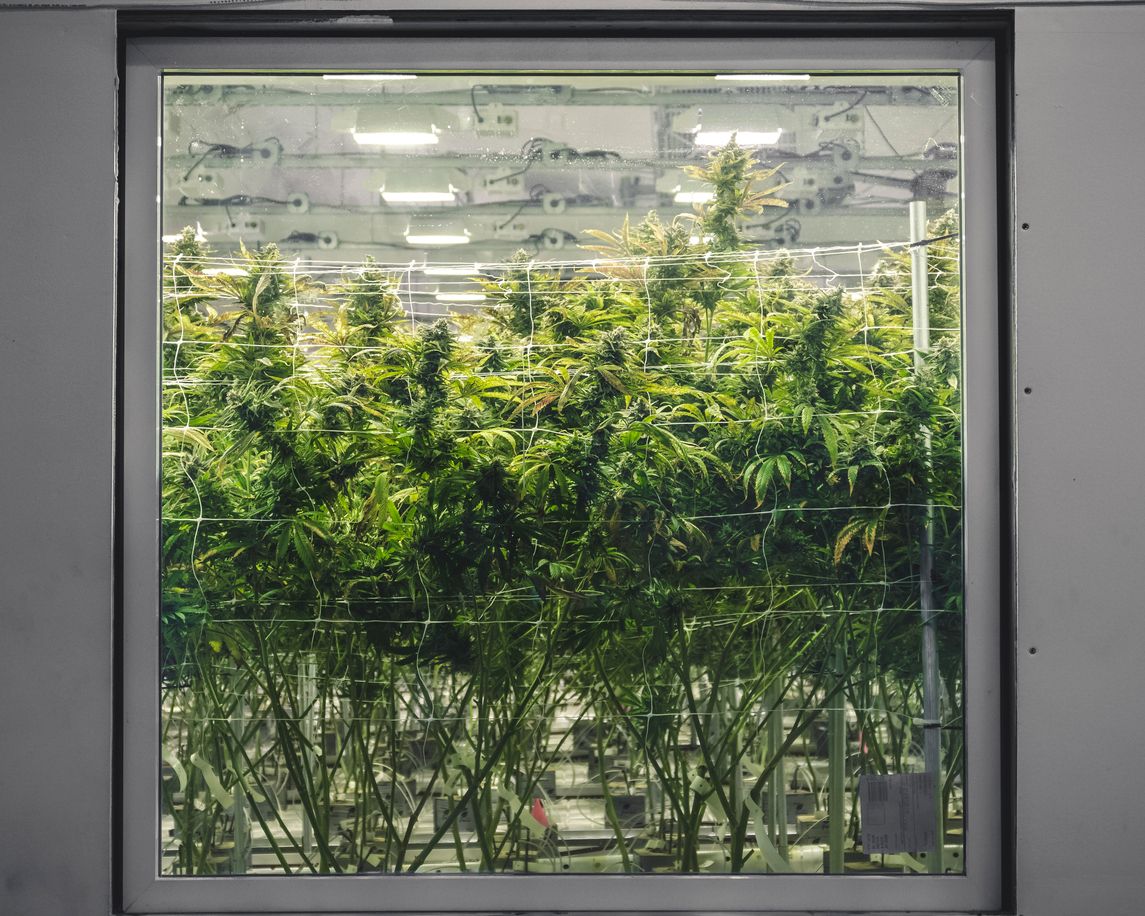
The SCROG method is similar to that of LST, but it is also different because it utilizes a screen that is hung directly above a marijuana plant while it is young. As the new growth emerges through the holes in the wire, the grower will bend the branches and feed them back through. The screen is used to create a base for your canopy and will allow you to spread the new growth outwards rather than inwards.
Defoliation can then be used to aid the plant in absorbing the maximum amount of nutrients from the light. To defoliate a marijuana plant some of the largest fan leaves are trimmed away focusing mainly on those that are either shading other leaves or are not receiving much light themselves. This method never requires topping or chopping of any kind, and once the plant flowers, it will produce many large colas that can easily triple the overall yield of a crop.


